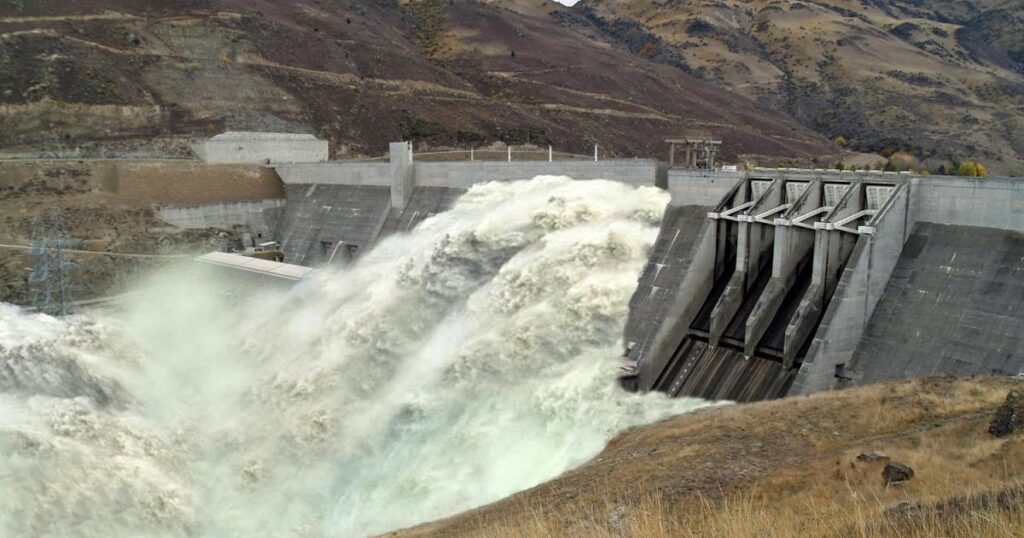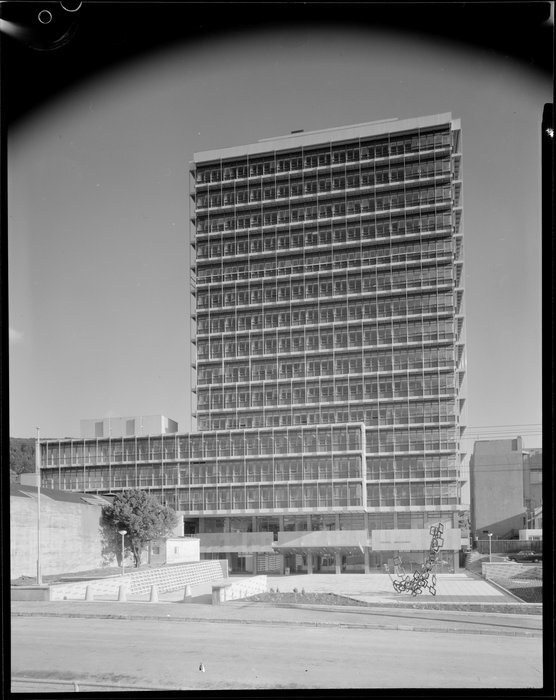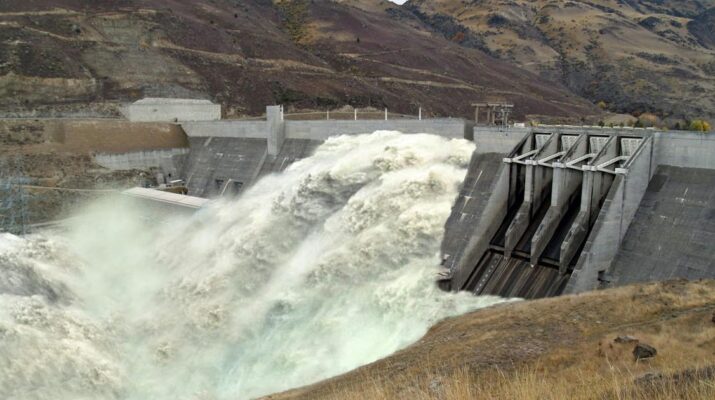Due to the COVID-19 pandemic, an economic slowdown has become inevitable. This will be the case not just for New Zealand but the entire global economy also.
Worse, the full extent of the pandemic’s damage has not yet been realised. There are no guarantees that the next few weeks or months will see better days.
New Zealand has responded to its own COVID-19 outbreak with tough border restrictions and a lockdown. These measures do well to stem the transmission of the virus, but inflict heavy blows on our economy.

Infrastructure Minister Shane Jones says the country could see as many as 300,000 New Zealanders without work, which would be a disastrous scenario. Hence, he proposed that the State should not leave our economic fortune at the hands of the private sector but that it should take a lead role in our economic revamp.
What Minister Jones is suggesting is nothing new. There was a time in New Zealand’s history when our economic growth was fueled by construction, where the State identified and built large-scale infrastructure projects on their own and employed large numbers of our citizens in the process.
The Immigration and Public Works Act of 1870 set the tone for State-driven infrastructure development in New Zealand, as the colonial government built rail lines, roads, and public housing to cater to arriving European settlers. This was further reinforced by the Public Works Act of 1948 and its further amendment in 1981 that gave the government a more direct hand in the development of public infrastructure in the country.
An example is the Clyde Dam in the Otago region which was built by a government agency in 1982. It became a major source of energy for the South Island during that time and remains our third largest hydroelectric dam today.
That is evidence of the power of infrastructure to be the answer to our economic distress: not only can we construct projects that serve a public good, but we can boost employment numbers also. It is also worth mentioning that New Zealand faced a massive infrastructure deficit even before the COVID-19 pandemic, which means we sorely lack a plethora of public infrastructure.

If the government had the capability to construct their own infrastructure, these projects can be rolled-out quicker with minimal expenses to the taxpayer. Such was the case in the 20th century when the government could fulfill its own infrastructure needs, thanks to the Ministry of Works (MoW) or the Ministry of Public Works.
The MoW was a government agency, headed by a Cabinet-level Minister, that undertook major construction work in New Zealand from its inception in 1876 until its privatization in 1988. It acted like a construction firm of its own, having the necessary equipment and machinery as well as a dedicated workforce to undertake large-scale infrastructure projects.
Having this capability meant the government could implement public works projects swiftly, creating jobs for New Zealanders and a key driver of economic growth. The MoW was a major source of unskilled and low-skilled employment, which meant they could employ workers despite having minimum to no skills in the building industry.

It is a tall order, but Treasury’s grim outlook for New Zealand’s post-COVID-19 future should make us realise there is no easy way out of the pandemic-induced economic hole. Our only recourse for the incoming recession is to fundamentally change the way we do things, to transform our economy to work smarter.
There is nothing smart about being at the mercy of private corporations to build the public infrastructure we need, when the country already has an infrastructure deficit. In a post-COVID-19 setting also, economic stimulus will be badly needed and a large-scale construction drive will give us the infrastructure we need and employ thousands of New Zealanders.
The Coalition Government has not ruled out a scheme similar to the MoW after the alert level 4 lockdown. This is encouraging, but they need to apply the same philosophy they employed to eliminate the virus to their post-COVID-19 economic plan also: “go hard, go early”.

